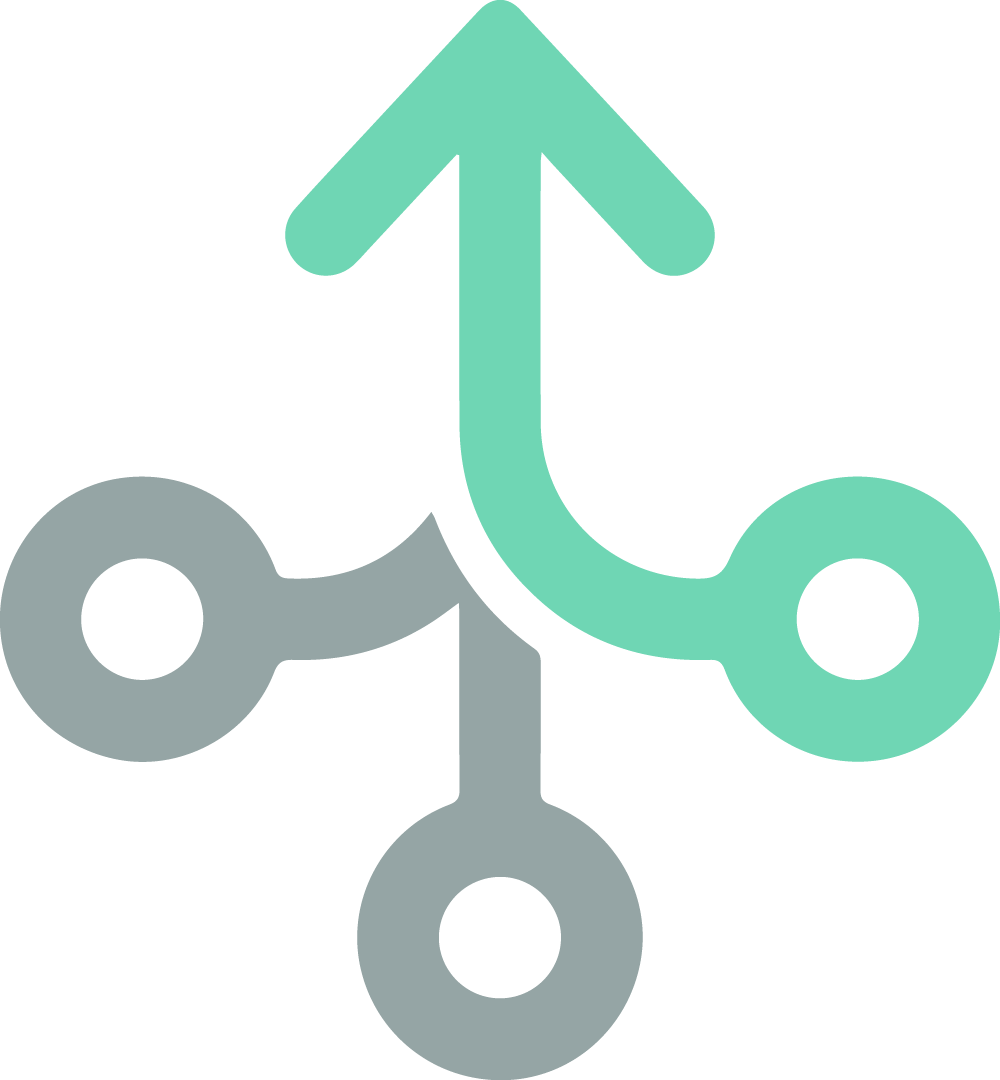Tag: data integration
Data integration
Written by ew_admin on . Posted in Glossary. No Comments on Data integration
Data integration is the process of combining data from multiple sources into a single, unified view. This involves extracting data from various systems, transforming it into a common format, and loading it into a target system, such as a data warehouse or data lake.
The goal of data integration is to provide a single source of truth for data, enabling organisations to make informed decisions based on a complete and accurate view of their data. Data integration helps organizations to overcome the challenges of data silos, where data is stored in disparate systems, making it difficult to access, analyse, and share.
The process of data integration typically involves several stages, including:
- Data extraction: Retrieving data from multiple sources, such as databases, applications, and files.
- Data transformation: Transforming the data into a common format, such as converting data from one file format to another, or mapping data fields to match a common data model.
- Data loading: Loading the transformed data into a target system, such as a data warehouse or data lake.
- Data reconciliation: Ensuring that the data in the target system is consistent and accurate, and resolving any discrepancies between the source systems and the target system.
- Data enrichment: Adding value to the data by combining it with other data sources, such as external data or data from other systems.
- Data governance: Establishing rules and processes for managing the data in the target system, such as defining data access controls, monitoring data quality, and auditing data usage.
Data integration is a complex and ongoing process that requires careful planning and execution to ensure that data is accurately and securely integrated from multiple sources into a single view. A successful data integration strategy can help organizations to streamline their operations, improve decision-making, and better serve their customers.
Software and tools used as part of the data integration process
There are several software and tools that can be used in the process of data integration, including:
- ETL (Extract, Transform, Load) tools: ETL tools are specifically designed for data integration and are used to extract data from various sources, transform it into a common format, and load it into a target system. Examples of ETL tools include Talend, Informatica, and Microsoft SQL Server Integration Services.
- Cloud-based data warehousing platforms: Cloud-based data warehousing platforms, such as Snowflake and Amazon Redshift, provide a centralized repository for storing and managing data from multiple sources, making it easier to integrate data from disparate systems.
- Data integration platforms: Data integration platforms, such as MuleSoft and Dell Boomi, provide a unified solution for integrating data from various sources, including databases, applications, and cloud services.
- Master Data Management (MDM) tools: MDM tools are used to manage the quality and accuracy of data, and can help to ensure that data from multiple sources is consistent and accurate. Examples of MDM tools include Informatica MDM and Talend MDM.
- Data quality tools: Data quality tools are used to clean and validate data before it is integrated, reducing the risk of data loss or corruption during the integration process. Examples of data quality tools include Talend Data Quality and Informatica Data Quality.
- Business Intelligence (BI) and Data Analytics tools: BI and Data Analytics tools, such as Tableau and PowerBI, can be used to visualize and analyze integrated data, providing insights and enabling organizations to make informed decisions.
- Project management software: Project management software, such as Microsoft Project or Trello, can be used to manage the data integration process and ensure that all tasks are completed on time and within budget.
The specific software and tools used for data integration will depend on the complexity of the integration, the type of data being integrated, and the specific requirements of the organisation. The goal is to choose the right tools to support the organization’s data integration strategy and ensure that data is accurately and securely integrated from multiple sources into a single view.
Why it pays to invest in data integration improvements
There are several reasons why a business might choose to invest in data integration improvements, including:
- Improved decision-making: Data integration provides a single source of truth for data, allowing organizations to make informed decisions based on a complete and accurate view of their data.
- Increased efficiency: By integrating data from multiple sources into a single view, organizations can streamline their operations and reduce the time and effort required to access and analyze data.
- Enhanced customer experience: Data integration helps businesses to better understand their customers and improve their customer experience by providing a more complete view of customer interactions and behaviour.
- Better data governance: Data integration helps organizations to establish better data governance processes, such as defining data access controls, monitoring data quality, and auditing data usage.
- Improved data security: Data integration helps organizations to secure their data by consolidating it into a centralized repository, making it easier to manage and secure the data.
- Competitive advantage: By integrating data from multiple sources, organisations can gain valuable insights into their operations and customers, enabling them to compete more effectively in their market.
- Increased profitability: By making better decisions based on a complete and accurate view of their data, organizations can increase their profitability and improve their bottom line.
Investing in data integration improvements can help organizations to overcome the challenges of data silos, where data is stored in disparate systems, making it difficult to access, analyse, and share. A successful data integration strategy can help organisations to streamline their operations, improve decision-making, and better serve their customers.
